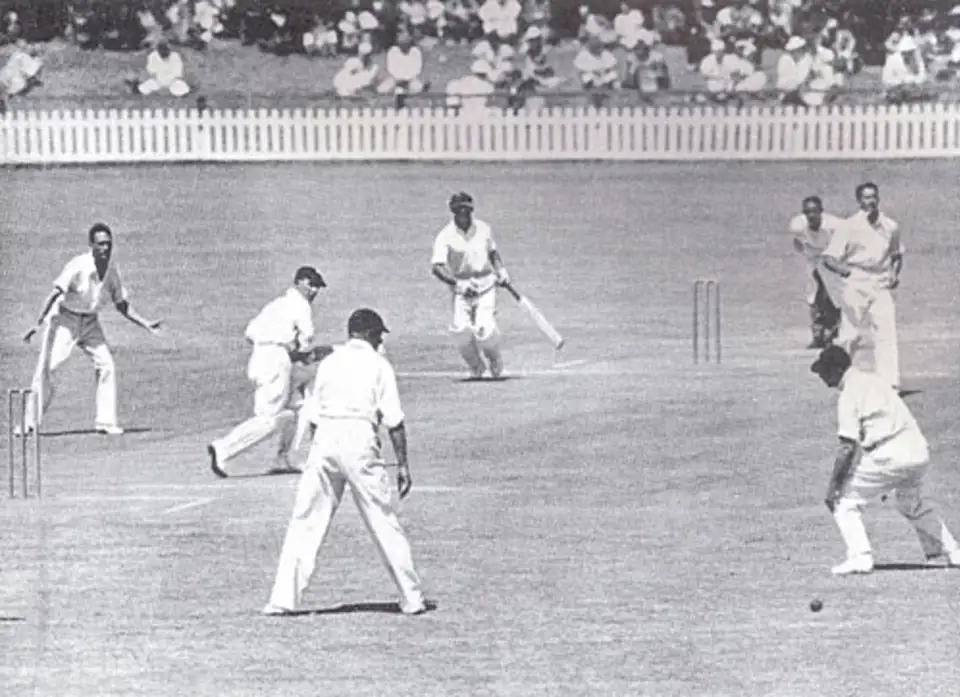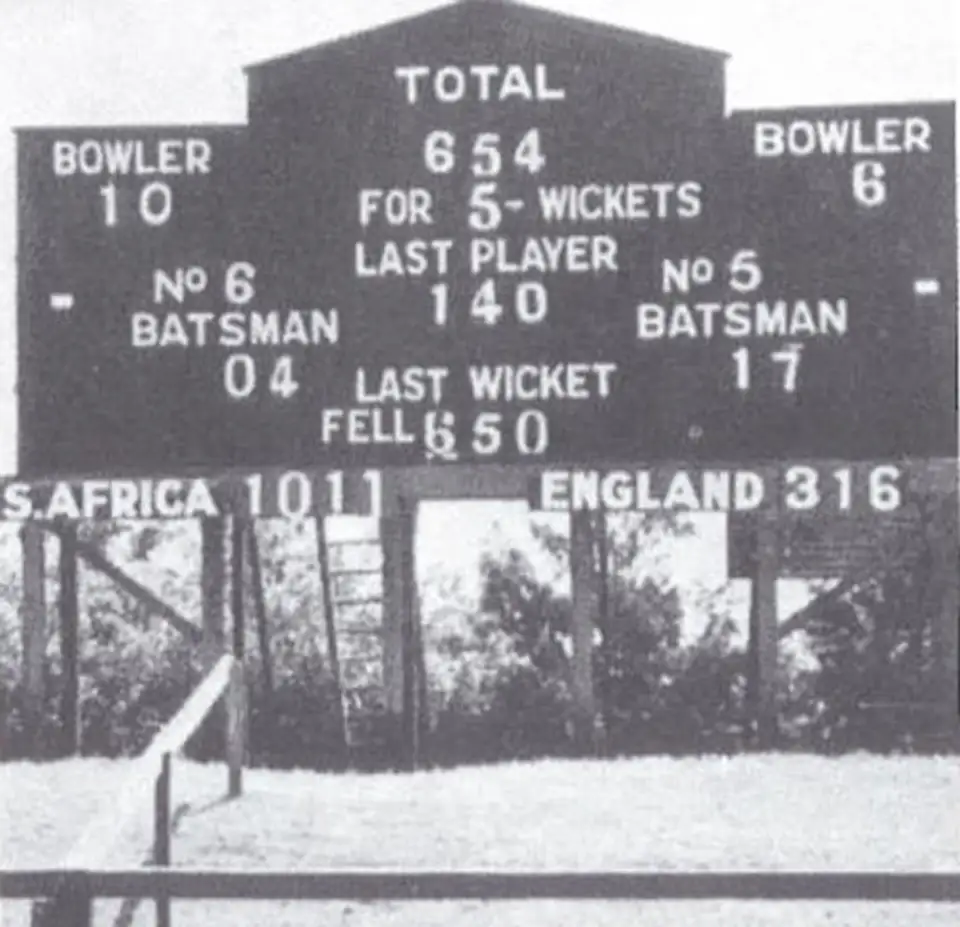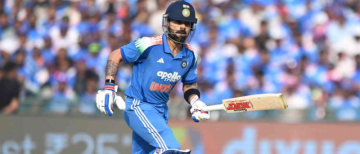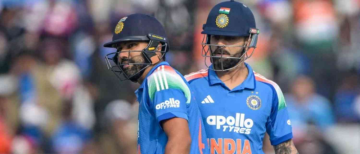Imagine playing a match that goes on for days — and then more days — and still doesn’t find a winner. No result. No trophy. Just tired legs, blistered hands, and a quiet walk back to the dressing room. That’s exactly what happened in Durban, South Africa in 1939, when England and South Africa played the longest Test match ever recorded. It lasted 10 days — and still ended in a draw.
Yes, really.
So, What Was the Timeless Test?
Back in the early days of cricket, there were no five-day limits. A "Timeless Test" meant play continued until there was a result — no matter how long it took. The logic was simple: let skill decide the outcome, not the clock. But in March 1939, that logic was pushed to the edge.
The fifth and final Test between England and South Africa began on March 3 and went on until March 14, with March 12 as a rest day. That’s 10 full playing days, and yet the match had to be abandoned as a draw. Why? Because England had to catch their boat home.

The Match in a Nutshell
-
Venue: Kingsmead, Durban
-
Date: March 3–14, 1939
-
Teams: England vs. South Africa
-
Result: Draw
-
Overs Bowled: 1,981
-
Total Runs Scored: 1,981 (funnily enough, the same number!)
-
England's Final Innings: 654/5 chasing 696 to win
Yes — England was just 42 runs away from victory when the match was called off.

How Did It Go On for So Long?
Several things made the match stretch like rubber:
-
Flat pitch: The Kingsmead surface gave nothing to the bowlers. Batters feasted.
-
Hot weather: Which made it tough to keep bowlers fresh and fast.
-
No time cap: This was literally designed to go on forever.
-
Both teams batted big: South Africa made 530 & 481; England replied with 316 and were cruising in their chase.
Why Was It Abandoned?
The irony of the Timeless Test is that it wasn’t abandoned due to rain or war — but because England's players had to sail back home. Their ship from Cape Town wasn’t going to wait. So on Day 10, despite being within striking distance of a famous win, England packed their kits and headed to the port.
The Aftermath: No More Timeless Tests
That match was the last of its kind. After 1939, cricket moved on to limited-day Tests. The idea of playing forever just didn’t make sense anymore — not for fans, players, or travel schedules.
Why It Still Matters
The 1939 Timeless Test remains a beautiful oddity — a reminder of cricket's strange, slow, romantic past. It’s a story that sounds almost mythical in today's age of T20s and result-focused sports.
For lovers of the long format, it’s also a quiet reminder of how much drama, tension, and strategy Test cricket can hold — even over 10 days, even without a winner.
About the Author
Advait Kadam is a sports writer at Vygr Media, specializing in cricket coverage and match analysis. With a background in Sports Management and a passion for storytelling, he brings sharp insights and fresh perspectives to every game.
Views expressed in the above piece are personal and solely those of the author. They do not necessarily reflect Vygr’s views.
With inputs from agencies
Image Source: Multiple agencies
© Copyright 2025. All Rights Reserved Powered by Vygr Media.

























